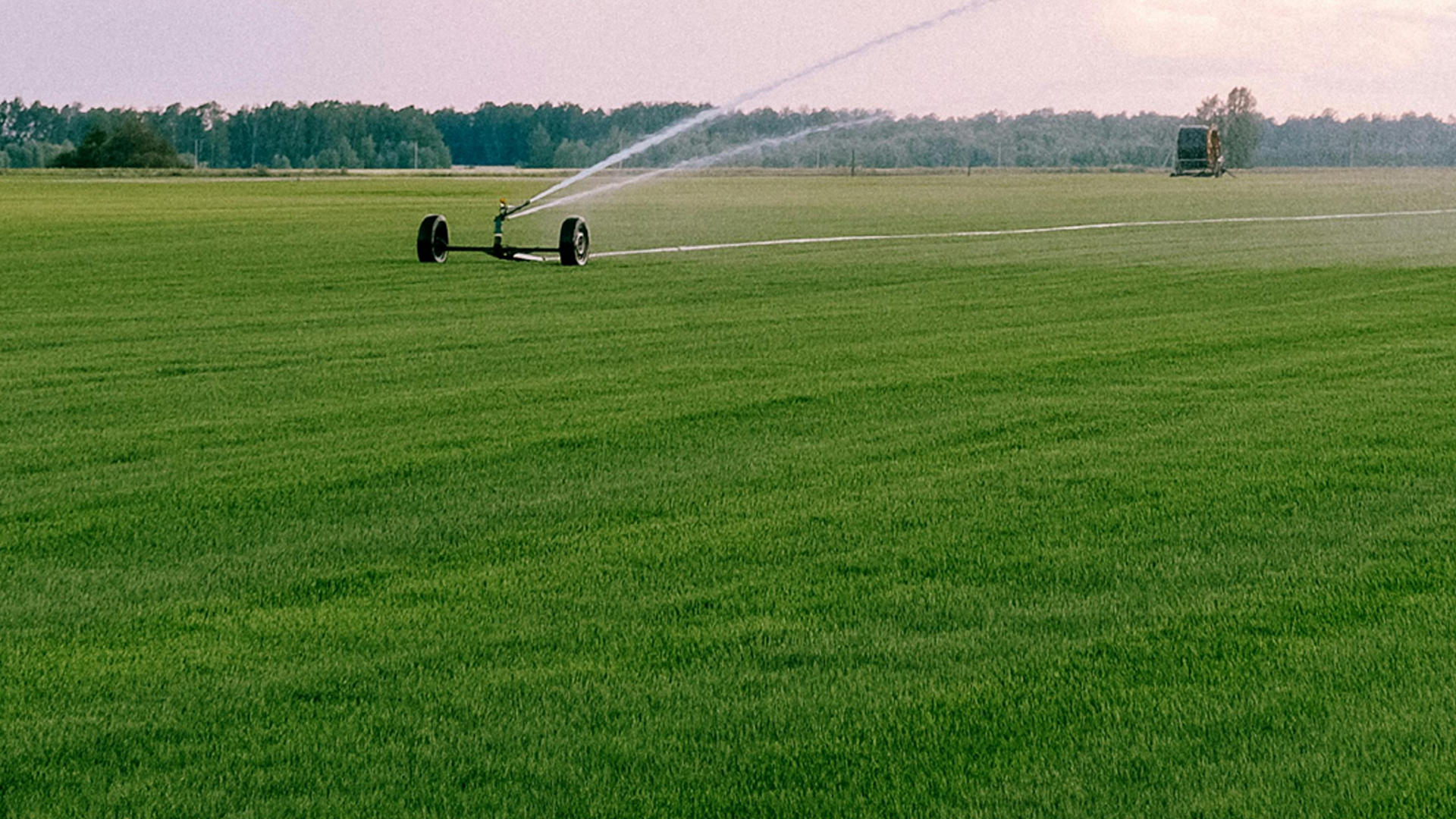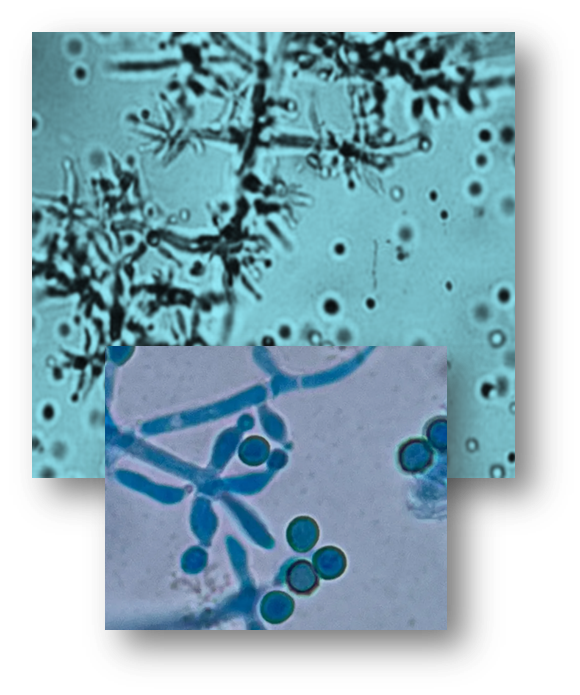
KNOW MORE

Trichoderma viride are fungi that are found in the environment and especially in the soil all over the world. Under optimal conditions, they can grow up to 2 cm a day. For this, sufficient water, nutrients and soil temperatures between 20 and 25 °C must be present. From about 10 °C, the conidia (asexual spores) of Trichoderma germinate. They are green-pigmented and can survive cooler temperatures (such as those that occur in winter) by going into a kind of dormancy and then germinating again as soon as the temperatures are warmer. Trichoderma viride itself feeds on dead organic matter and on substances excreted by the root or by mycoparasitism from other fungi.
Trichoderma viride is highly competitive for nutrients and space, as it can grow quickly and uses nutrients efficiently. Harmful fungi are thus deprived of the space and growth factors they need for their development. In addition, the high competitiveness of Trichoderma viride is reflected in the high production of conidia and chlamydospores (survival stage of the fungus). Trichoderma is able to grow within the first two cell layers of the host root. This connection allows a positive use of both organisms: Trichoderma benefits from nutrients that plants excrete via the root to attract microorganisms like Trichoderma and the plant benefits from the connection in several ways. Trichoderma produces auxins or growth hormones, which it passes on to the plant. The plant then uses auxin for its root and general growth. In addition, Trichoderma is able to make nutrients available in the soil more easily available to the plant. By producing organic acids, the pH value is reduced locally and the solubility of phosphates, micronutrients and e.g. iron etc. is increased. This makes the existing nutrients easier for the plant to access, which, in addition to the auxins, is reflected in the increased growth of the plant. Pre-immunisation of the plant involves Trichoderma triggering the production of messenger substances (e.g. salicylic acid or jasmonic acid) throughout the plant. Messengers are signalling molecules and warn the entire plant when a pest is attacking the plant. Normally, these messenger substances are only produced when a pest occurs. With Trichoderma, this happens beforehand. This allows the plant to react more quickly to a pest attack, making it more resistant. Trichoderma is a biocontrol fungus widely distributed worldwide. Trichoderma has a huge application value and potential in the field of biological control of plant diseases. Research on the use of Trichoderma to control plant diseases has been reported worldwide. T. viride has different degrees of inhibitory effects on 29 species of plant pathogenic fungi belonging to 18 genera, including Botrytis, Fusarium, and Rhizoctonia. Trichoderma has control effects on a variety of plant pathogenic fungi, such as Rhizoctonia solani, Pythium ultimum, Fusarium oxysporum, Sclerotinia sclerotiorum, Botrytis cinerea, Pseudocercospora spp. and Colletotrichum spp.Trichoderma viride
Efficient use of space and nutrients
Trichoderma forms a symbiosis with the plant roots
Increased growth and enhancement of the plant’s nutrient uptake
Pre-immunisation of the plant – increase of resistance
Biocontrol Agent
PLANTAUX
MICRO-NUTRIENT

PLANTAUX
MACRONUTRIENT

PLANTAUX
SECONDARY NUTRIENT

PLANTAUX
BIO-FERTILIZERS / BIO-CONTROL AGENTS
Always read and follow label directions. . Results may vary depending on soil, climate or other conditions.
© 2024.All rights reserved. PLANTAUX.




























